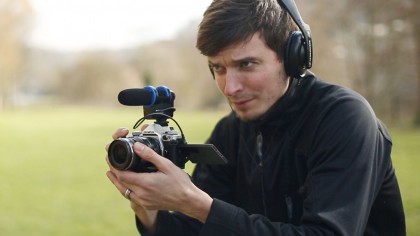Video A-Z
Baffled by video jargon? Our A-Z covers basic know-how right through to pro hardware

Video display and data transfer has been made a whole lot easier by the adoption of the universal HDMI (High Definition Multimedia Interface). You can connect your camera or camcorder to any HDMI display device, like a TV or a computer monitor, to show videos, and you can use HDMI to connect an external monitor to your camera while shooting. Many higher-end cameras now offer 'clean' HDMI output too, so that you can save uncompressed video directly to an external recording device as you film – see the next section for more on this.
But although HDMI is a universal format, the connectors come in a number of different shapes and sizes, depending on the device they connect to.
Type A (Full Size) connectors are the largest and most common – this is the connector type you'll find on the back of a domestic TV. Type C (Mini) connectors are often found on cameras, for example, where there's less space for the full-size connector. Sometimes you'll encounter small devices which use a Type D (Micro) connector. There are two other types (Type B and Type E) but they're more specialized and not in common use.
Obviously you need the right connector on both ends of the cable, which is where it can get slightly more complicated.
Sign up for breaking news, reviews, opinion, top tech deals, and more.
Current page: HDMI
Prev Page Slow motion, stop-motion and time-lapse video Next Page Lenses for video
Rod is an independent photographer and photography journalist with more than 30 years' experience. He's previously worked as Head of Testing for Future’s photography magazines, including Digital Camera, N-Photo, PhotoPlus, Professional Photography, Photography Week and Practical Photoshop, and as Reviews Editor on Digital Camera World.